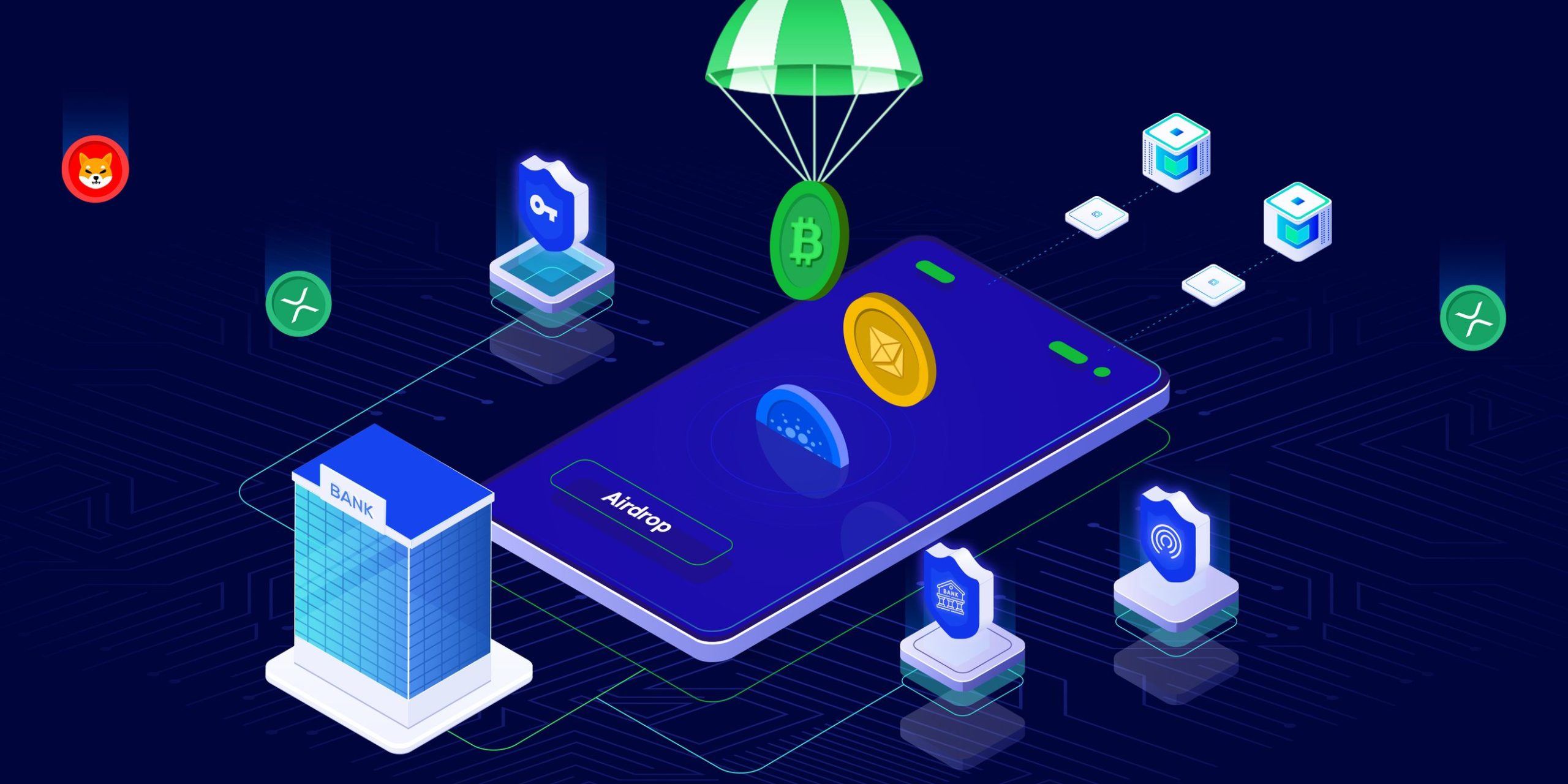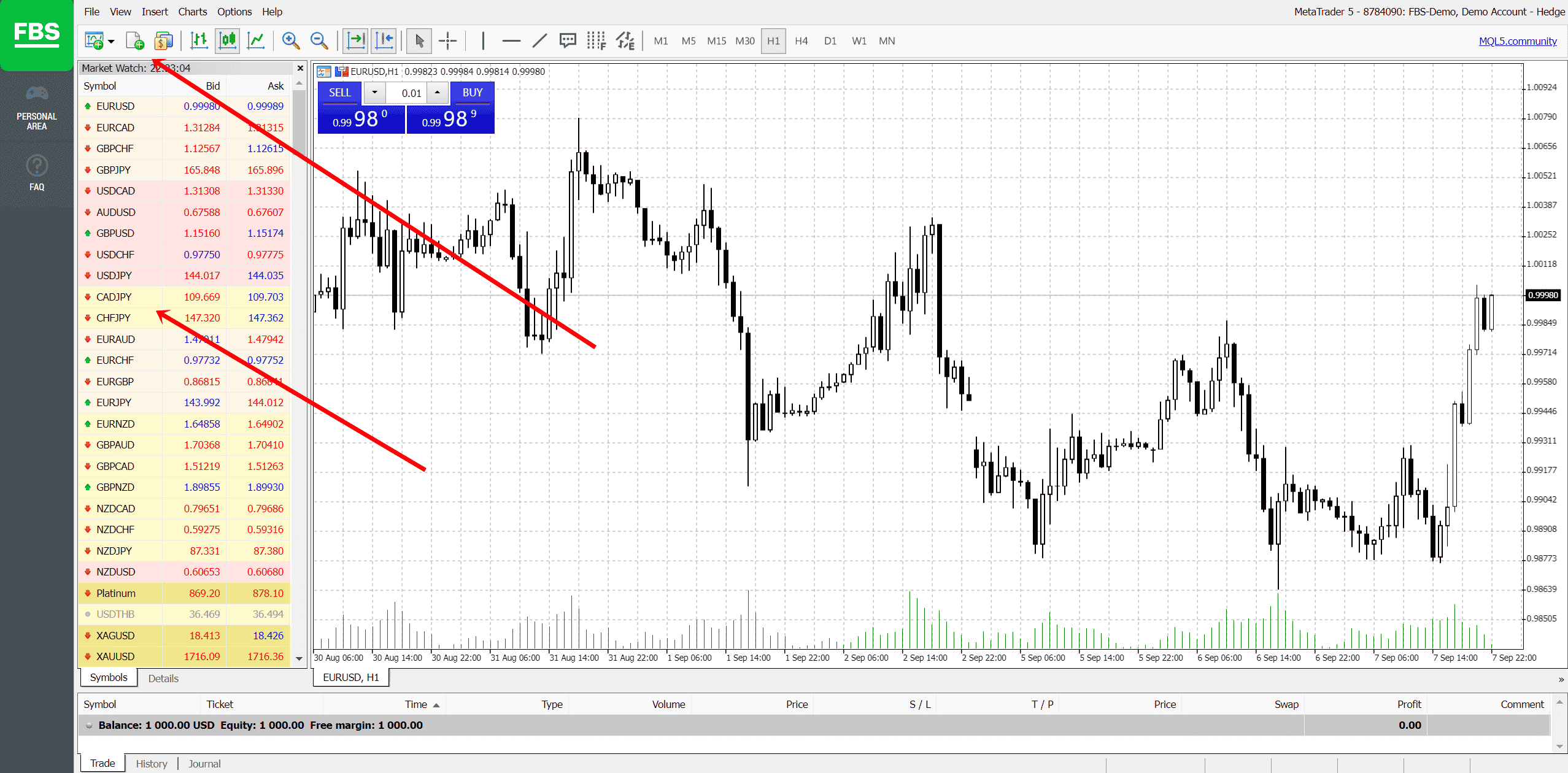Fintech businesses play a critical role in revolutionizing the way we handle and access our funds in today’s fast changing financial world. The necessity of preserving fintech data assets cannot be emphasized as these digital financial solutions become more embedded into our lives. Fintech data has a wealth of sensitive information, making it an attractive target for hackers. As a result, it is critical to implement strong security measures to safeguard both your firm and your consumers. In this essay, we will look at five useful methods for securing your financial data assets.
Table of Contents
1. Protect Sensitive Data
Data encryption is the foundation of data security. Encrypt all sensitive data, including client information, transactions, and communication, both in transit and at rest. To keep ahead of possible weaknesses, use strong encryption methods that are routinely updated. This additional layer of protection makes it much more difficult for hackers to access and exploit your data.
2. Put Multi-Factor Authentication (MFA) in place
In fintech apps, multi-factor authentication is a must-have security feature. Before providing access, require users to give several means of identity, such as a password, fingerprint, or one-time code texted to their mobile device. MFA offers an extra degree of protection, limiting the possibility of unwanted access even if a password is stolen.
3. Update and patch software on a regular basis
In cybersecurity, outdated software and unpatched systems are frequently the weakest connections. Maintain vigilance by upgrading and patching your financial software and systems on a regular basis. Cybercriminals routinely exploit known vulnerabilities, and by keeping your software up to date, you may limit possible attack entry points.
4. Educate Yourself and Your Customers
Cybersecurity is a team effort. Teach your employees how to identify phishing efforts, social engineering techniques, and other prevalent cyber risks. Furthermore, educate your clients on recommended practices for internet security, such as using strong, unique passwords and being cautious with sensitive information. A well-informed staff and user base may provide an effective first line of defense against cyber threats.
5. Consistently monitor and audit your systems
Continuous monitoring and auditing of your financial systems is critical for recognizing and responding to security breaches as soon as possible. In order to find vulnerabilities, implement intrusion detection systems and perform frequent security audits. Having a well-defined incident response strategy in place can help to limit damage and recovery time in the case of a breach.
Frequently asked questions about 5 Tips for Protecting Your Fintech Data Assets
1. What exactly are fintech data assets?
Fintech data assets are valuable information and digital resources accumulated and managed by financial technology businesses. Customer data, transaction records, financial analytics, and other assets are examples of such assets.
2. Why is it critical to safeguard fintech data assets?
Protecting fintech data assets is critical since they frequently contain sensitive and secret information, such as consumer personal and financial information. A breach can result in financial losses, legal ramifications, reputational harm, and loss of consumer confidence.
3. What is encryption, and why is it important for the security of financial data?
The process of transforming data into a code to prevent unwanted access is known as encryption. It is significant for fintech data security because it assures that even if data is intercepted, it remains unreadable to unauthorized parties, offering an important layer of defense.
4. What is multi-factor authentication (MFA), and how does it improve the security of financial data?
MFA is a security feature that requires users to present several forms of identity before being granted access to a system. MFA improves security in fintech by making it far more difficult for fraudsters to gain illegal access, even if they have a user’s password.
5. How frequently should financial technology software and systems be updated and patched?
Fintech software and systems should be patched and upgraded on a regular basis. This frequency can vary, but it should normally occur as soon as software providers issue security updates or patches. Failure to do so exposes systems to known vulnerabilities, which hackers can exploit.
6. What are some of the most prevalent cyber dangers that fintech firms should be aware of?
Phishing attacks, ransomware, insider threats, and Distributed Denial of Service (DDoS) assaults are all common cyber risks in the financial sector. It is critical for fintech firms to keep aware about emerging dangers and to take proactive steps to minimize them.
7. How can training staff and consumers assist improve the security of financial data?
Employee education assists them in recognizing possible dangers and adhering to standard practices for data protection. Similarly, teaching consumers about internet security encourages them to take safeguards, such as using strong passwords and exercising caution when dealing with sensitive information, lowering the likelihood of breaches caused by user ignorance.
8. What is an incident response strategy, and why is it crucial for the security of financial data?
An incident response plan is a written strategy that specifies how a company will handle a data breach or a security issue. It is critical for fintech data security because it reduces the effect of a breach by offering an organized strategy to detecting, responding to, and recovering from security breaches.
9. Is data security in fintech a one-time effort or a continuous process?
Data security in the fintech industry is a continuous activity. The threat environment is always changing, and new vulnerabilities and attack vectors develop on a regular basis. As a result, keeping robust security measures in place, monitoring systems, and responding to new threats is critical for long-term data protection.
- How can fintech organizations strike a balance between data security and user-friendliness?
Through careful design and execution of security measures, it is feasible to balance data protection with a user-friendly experience. Biometrics and one-time codes, for example, are user-friendly authentication solutions that can improve security without losing usability. It is also critical to collect user input to verify that security measures do not needlessly hamper the user experience.
Conclusion
Protecting your financial data assets is not just a legal duty, but it is also critical for preserving consumer confidence. You can greatly improve your financial data security by encrypting data, adding MFA, remaining up to current with software updates, training your employees and customers, and doing frequent system audits. Keep in mind that cybersecurity is a continual effort, and remaining attentive is critical to protecting your financial data assets in today’s ever-changing threat landscape.




